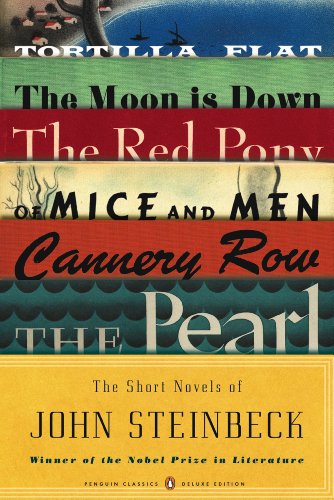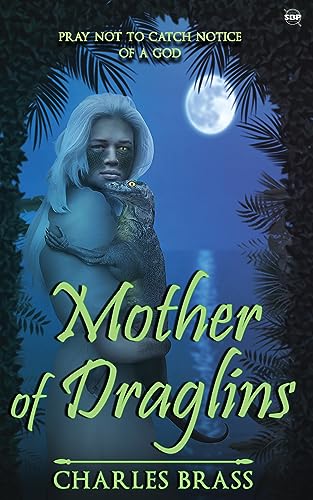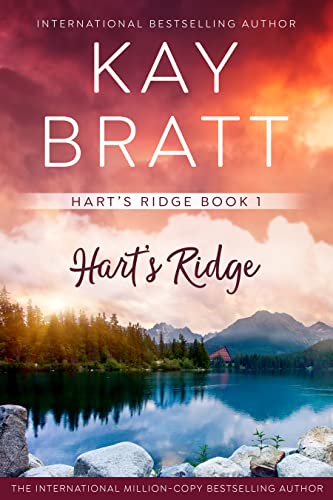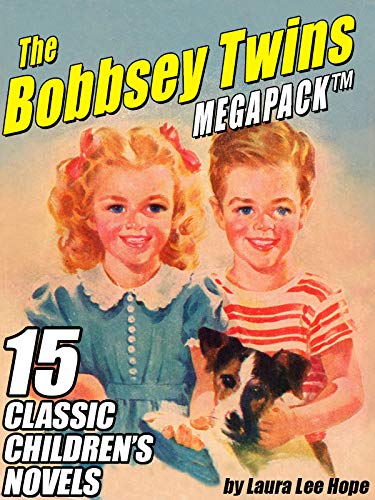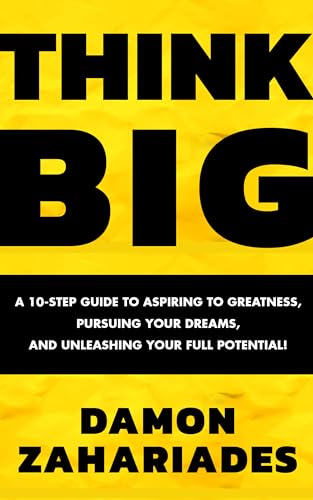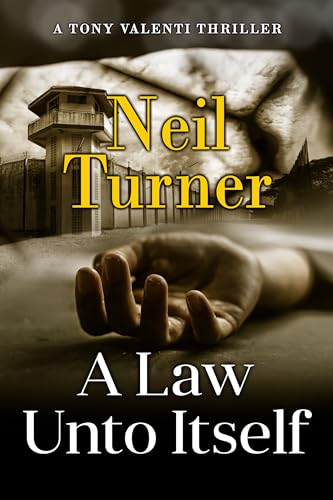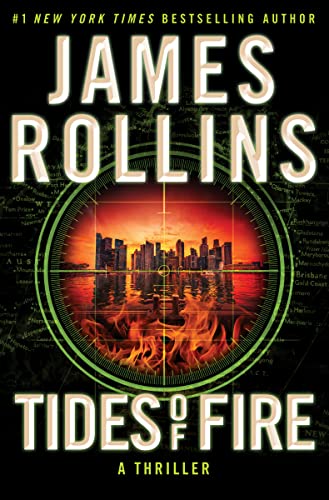By Stephen Windwalker
Editor, Kindle Nation Daily
Posted December 2, 2010
We’ve found it interesting in the past to check in every few weeks with a statistical analysis of the price breakdown of the Kindle Store’s ebook catalog, and we’re overdue. So let’s take a look at how things stand as of the afternoon of December 2, 2010.
Unlike the other ebook stores, it’s pretty easy to run searches by price and other parameters in the Kindle Store. (H’mm, what is it that the other stores are hiding about their catalogs?) But even the Kindle Store occasionally returns some strange results, as we noted not long ago. (If you are interested in really geeking out on all these numbers, we do keep track of them on an endless Google Docs spreadsheet that is accessible to all, here.)
So here are the things we find it interesting to look at, in terms of general trends:
- What’s the overall size of the Kindle catalog and how does it compare with that of other ebook retailers?
- How successful has Amazon been in herding prices into its preferred corral between $2.99 and $9.99, inclusive?
- How successful have the big agency model publishers and their Black Knight, Apple anti-reading crusader Steve Jobs, been in raising Kindle Store prices above $10?
- Has there been a significant change in the title count for Kindle books priced under $2.99 since Amazon began paying a 70 percent royalty for books in the $2.99 to $9.99 range?
- Overall, are ebook prices going up or down or staying about the same?
- Are their changes in the price composition of the Kindle Store’s key bestseller list, the Top 100 Paid Books?
- Are there any noteworthy trends with respect to free books in the Kindle Store?
So, let’s take a swing at each pitch as soon as we can tell which way the seams are spinning:
- Overall Catalog Count. There are currently 769,766 books in the Kindle Store, which means that the count has grown by about 12,000 books a month since we last checked in in early September. It also means that the Kindle Store catalog has almost doubled from its level of about 410,000 books when Apple announced the iPad and the iBooks Store in late January. The iBooks Store launched with 60,000 titles in early April and has grown to something in the range of 70,000 titles in the seven intermittent months. We’d ask “what’s up with that,” but we don’t want to do anything to distract Steve Jobs or interfere with his sense of balance as he stands on Amazon’s shoulders and holds onto the iBooks Store’s reported 6 percent market share.
- Titles in the $2.99-$9.99 Range. You’d have to say that Amazon is doing reasonably well at herding prices into its preferred price range of $2.99 to $9.99, but it could do a lot better. The number of titles priced in that range is at 65 percent, the highest it has been at any time this year. It hovered around 51 percent early this year, then jumped to 57 percent in the Spring after Amazon announced that books in that range would qualify for an increase from 35 to 70 percent royalties (net of delivery costs). The percentage grew to 64 percent once the royalty change took effect in early Summer, and has grown by less than 1 percent since. However, it is worth pointing out that titles priced at exactly $2.99 have seen the most significant overall increase of any Kindle Store price point, growing from 18,804 to 29,042 since September 5.
- Agency Model Pricing Above $10. The Agency Model, if you’ve come a little late to this party, is a baldly anti-consumer price-fixing conspiracy (I wish I didn’t have to use that word, but sometimes a conspiracy is just that, a conspiracy) that was hatched at the beginning of 2010 by some combination of Steve Jobs and executives of five of the Big Six publishers, with Random House abstaining. The stated goal was to mandate retail prices for Kindle books, and all other ebooks under the agency model publishers’ control, at levels that would be 30 to 50 percent higher than the $9.99 price that Amazon had previously set for Kindle Store new releases. The only slightly less obvious unstated goal was to slow the migration of readers from print books to ebooks. (Retailers had always had the freedom to discount as they saw fit from the publishers’ suggested retail prices in the past, and Amazon had in fact been selling many Kindle titles as loss leaders.) Since the Agency Model went into effect on April Fool’s Day, the percentage of the Kindle Store catalog priced in agency-model heaven at $10 and up has fallen from 21.7% to 19.2% on May 22, 18.8% on June 14, 18.1% on July 18, 16% on September 5, and 15.3% today. So what’s really going on? Clearly, some agency model publishers are breaking ranks whenever they can in order to actually sell some books. Too many books that readers actually want to buy, of course, are still being priced at silly levels, including many at levels that are within a few cents of print editions, or even higher than print editions. But it is also clear from anecdotal evidence that the large traditional dinosaur publishers’ overall share of the ebook market — both in terms of share-of-catalog and share-of-sales — is declining as growing numbers of authors go direct-to-Kindle or publish through more innovative companies like RosettaBooks, Open Road Media, AmazonEncore, and hundreds (at least) of other indie publishers.
- Books Priced Under $2.99. This may just be some kind of minor blip that could involve books from a particular publisher being allowed in through a crack under the door, but while there hasn’t been any major sea change in the total number of books priced under $2.99 (20.8 percent, up from 20.6 percent three months ago), there is a noticeable bump in the percentage of books priced between a penny and 98 cents. That group, at price points which are not accessible to authors and publishers who use the Kindle Digital Text Platform, has more than doubled from 6,914 to 14,688 since September 5. There may not be much money in it for the rightsholders given the low prices, and there has not been any corresponding increase in the number of books priced at exactly 99 cents, but it is clear that books at these prices continue to have a strong impulse attraction for Kindle Store buyers. And this is as good a place as any for me to acknowledge that I was wrong to scoff, earlier this year, at any author or publisher who would price a book below $2.99 under the new royalty structure. Although it is true that a 99-cent book would have to sell six times as many “copies” as a $2.99 book to achieve the same royalty earnings, it is clear to me that there are a significant number of books like L.J. Sellers’ The Sex Club
and Scott Nicholson’s Disintegration
whose sales are getting an extra boost in something like that 6:1 range because, in addition to being very good, highly rated reads, they also stand out due to their low prices.
- Overall eBook Prices Are Falling. As much as we may be frustrated with the occasionally ridiculous individual price, and despite the last-gasp efforts of publishers who may be ensuring their own demise between the agency model scam and various other evidences of institutional cluelessness, there is a continuing trend toward reasonable ebook pricing that is evident in the Kindle Store prices. It is not a relentless downward spiral to zero, which would not serve any us well in the long run: the percentage of books priced below $2.99 has fallen dramatically since Amazon announced its new royalty structure. But the overall percentage of books priced under $10, which was never over 80 percent prior to the agency model, grew to 84 percent by September 5 and stands at 85 percent today.
- Bestseller Prices are Also Falling Gradually. While some big-name authors have been able to sustain high sales levels with prices at $12.99, $14.99 and even, in the case of Ken Follett, $19.99, the overall composition of the Top 100 Paid bestsellers in the Kindle Store continues to show a downward drift, with a high likelihood that even those books that hold on to Top 100 rankings at the higher agency model prices are leaving a lot of money on the table due to price resistance among price-conscious Kindle owners. As of this afternoon, only 26 of the top 100 were priced at $10 and up — down from 30 in July and 28 in September — and only three of those were priced above $12.99. Even the number of Top 100 bestsellers priced at $9.99 has taken a dive — from 29 in September to 24 today — so that for the first time since Amazon began bifurcating its bestseller list to separate free listings from paid listings, fully half of the titles in the Top 100 Paid bestsellers are priced below $9.99.
- Free Books are Still Getting the Love. The number of free public domain books in the Kindle Store, which had held at just over 20,000 for over a year, dropped to about 16,550 when Amazon performed a bit of a housecleaning this Summer, and has held steady at the level for several months. There has been a gradual increase in the number of free contemporary or promotional titles in recent months, so that this figure as of this afternoon stood at 183, close to its highest level ever. Some of the promises of earlier this year, such as the one involving Amazon’s collaboration with the British Library to release Kindle editions of over 60,000 free 19th century titles including the popular “penny dreadful” novels of that era, remain as far from being fulfilled as Google’s monthly promise that it will launch Google Editions with a few months. And our hope that Amazon would level the playing field for indie authors be allowing the occasional indie-author freebie has, thus far at least, come to naught.
That’s our story, and we’re sticking to it. Here’s a link that should bring up some of our past posts on pricing in the Kindle Store catalog.

